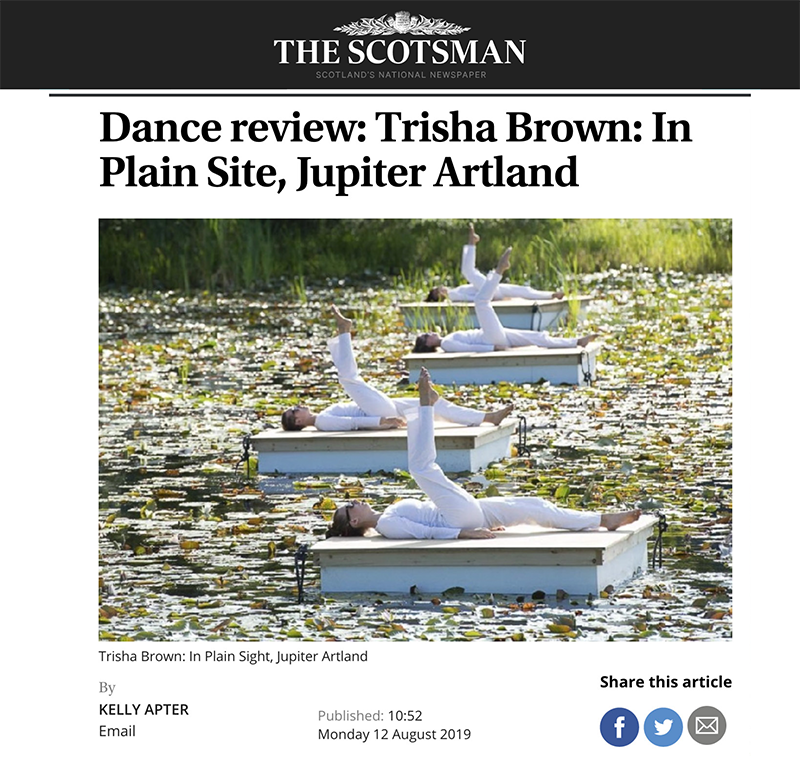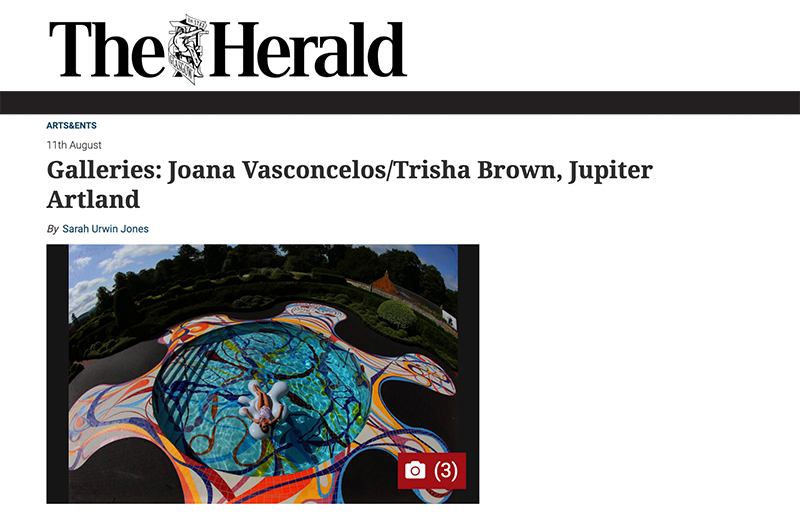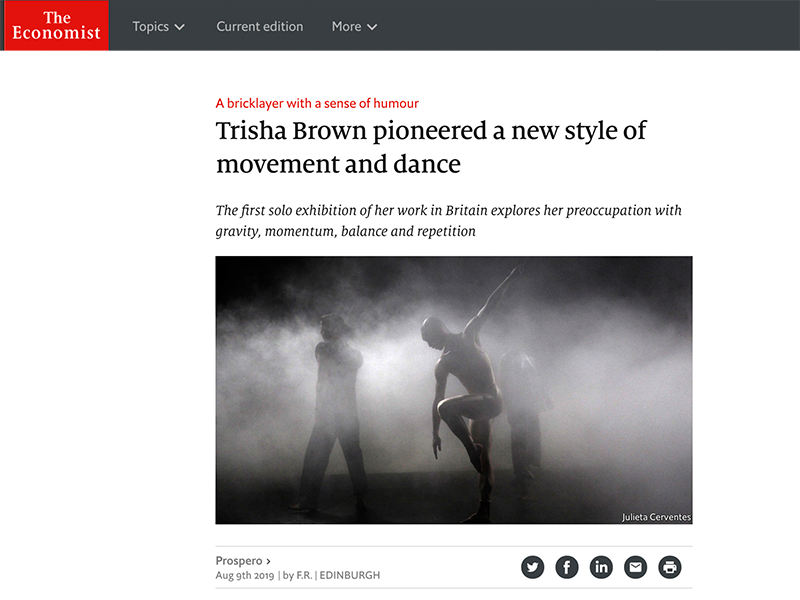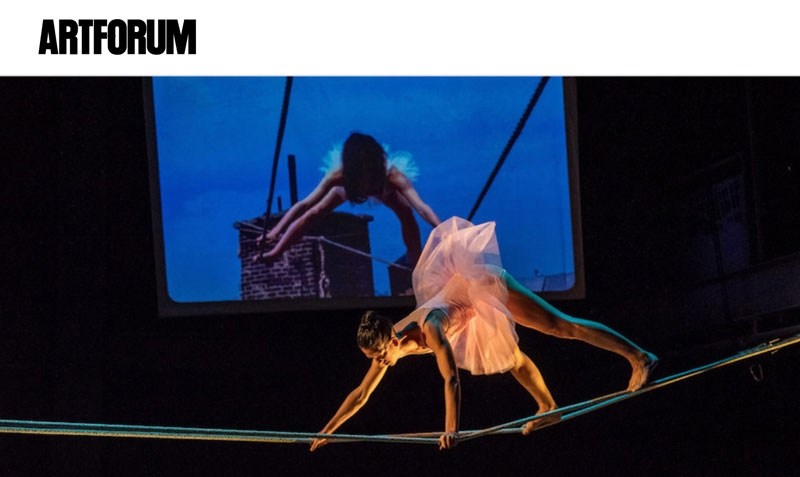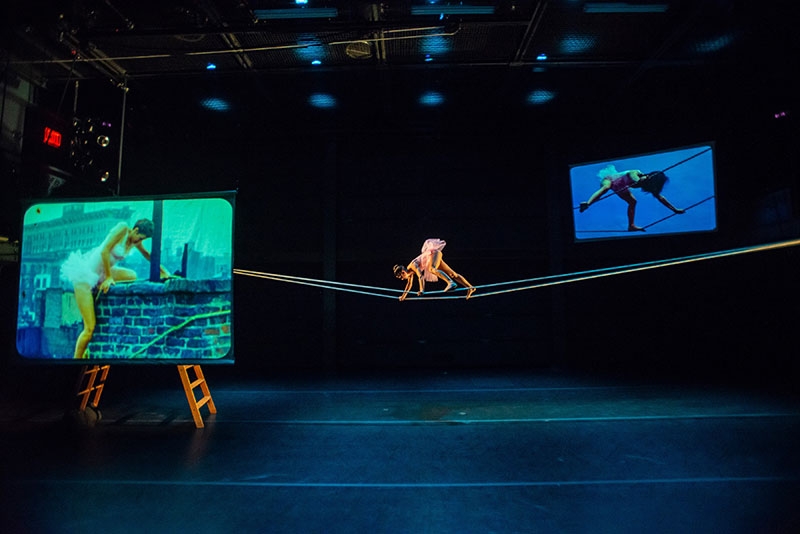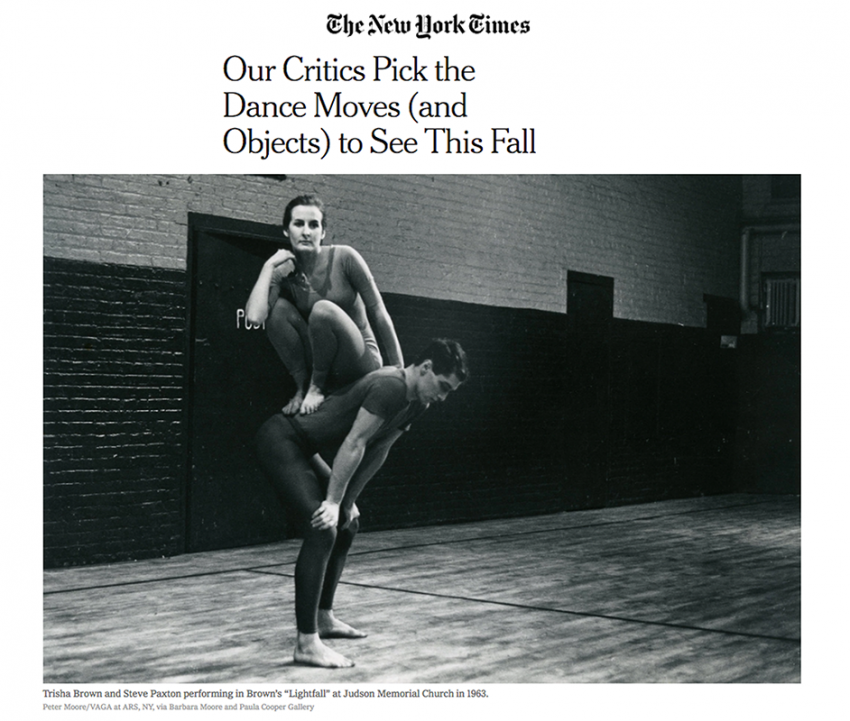
Trisha Brown: In Plain Site review — perfection in the park
When Trisha Brown died two years ago, at the age of 80, she left behind a reputation as one of the keystones of postmodern American dance. After founding her eponymous company in 1970, the innovative choreographer spent much of the ensuing decade cooking up abstract works that were either staged outdoors or in museums and galleries. This Edinburgh International Festival presentation at Jupiter Artland, a vast sculpture park on the outskirts of the city, honoured that legacy. Performances do not get more special than this.
